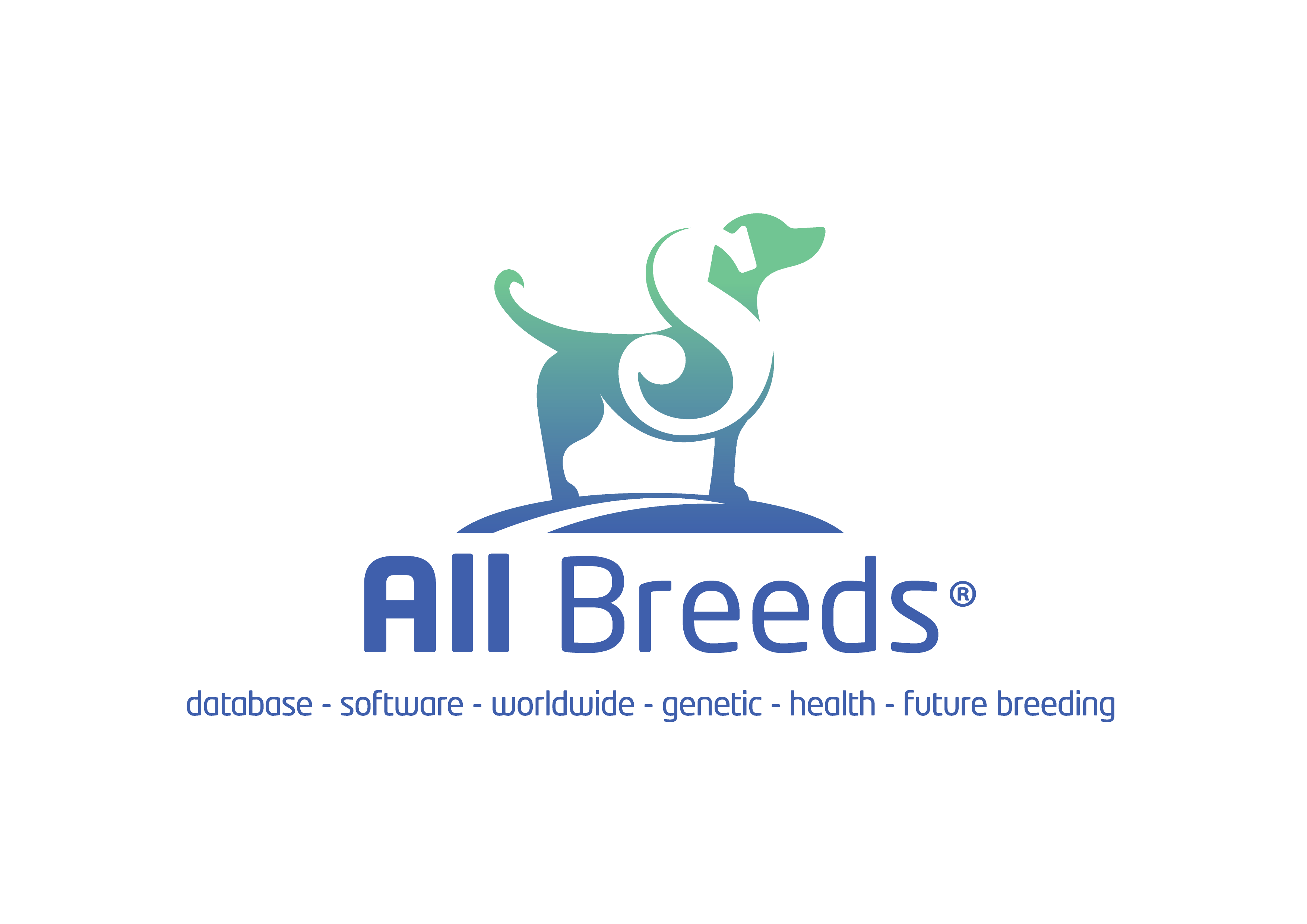Genetic Diversity in Dogs and the Importance of Preserving It
Genetic diversity in dogs refers to the variety of genetic traits and alleles present within a population or breed of dogs. This diversity arises from the combination of genes inherited from their parents. Inbreeding, on the other hand, is a phenomenon where closely related dogs, often from the same breed, are bred together over multiple generations. Inbreeding results in a reduction of genetic diversity within the offspring, leading to a higher degree of genetic similarity.
Inbreeding can have several negative consequences for dog populations:
- Increased Risk of Genetic Disorders: When closely related dogs are bred, there is a higher chance of inherited genetic disorders being passed down to the offspring. These disorders can include physical deformities, predisposition to diseases, or behavioral issues.
- Loss of Resilience: Reduced genetic diversity makes a population less adaptable to environmental changes, such as new diseases or changing climate conditions. A lack of genetic diversity can limit a breed’s ability to evolve and survive in changing circumstances.
- Weakened Immune Systems: Inbreeding can result in weaker immune systems, making dogs more susceptible to infections and diseases.
- Reduced Fertility: Inbred dogs can experience reduced fertility and lower litter sizes, which can further exacerbate the problem of low genetic diversity.
To address these issues and preserve the health and vitality of dog breeds, it is essential to maintain genetic diversity. This can be achieved through responsible breeding practices that prioritize genetic variety. Here are some strategies for preserving genetic diversity in dog populations:
- Outcrossing: Introducing genetic material from unrelated dogs or breeds can help increase genetic diversity. However, this should be done carefully to avoid introducing undesirable traits.
- Selective Breeding: Breeders should aim to select dogs for breeding that are genetically diverse and free from known genetic disorders. DNA testing and pedigree analysis can aid in making informed breeding decisions.
- Avoiding Close Inbreeding: Breeders should avoid breeding dogs that are closely related, such as siblings or parent-offspring pairs.
- DNA Testing: Modern DNA testing tools, like the SNP-based matchmaking tool in All Breeds database, can help breeders assess the genetic diversity of potential mates and predict the coefficient of inbreeding (COI) of their offspring. This information can guide breeders in making better-informed decisions.
In conclusion, genetic diversity in dogs is crucial for the overall health and well-being of breeds. Inbreeding can lead to a range of genetic problems and should be avoided through responsible breeding practices. The use of DNA testing and tools like SNP-based matchmaking can assist breeders in preserving genetic diversity and making informed decisions to ensure the long-term health of dog breeds.


